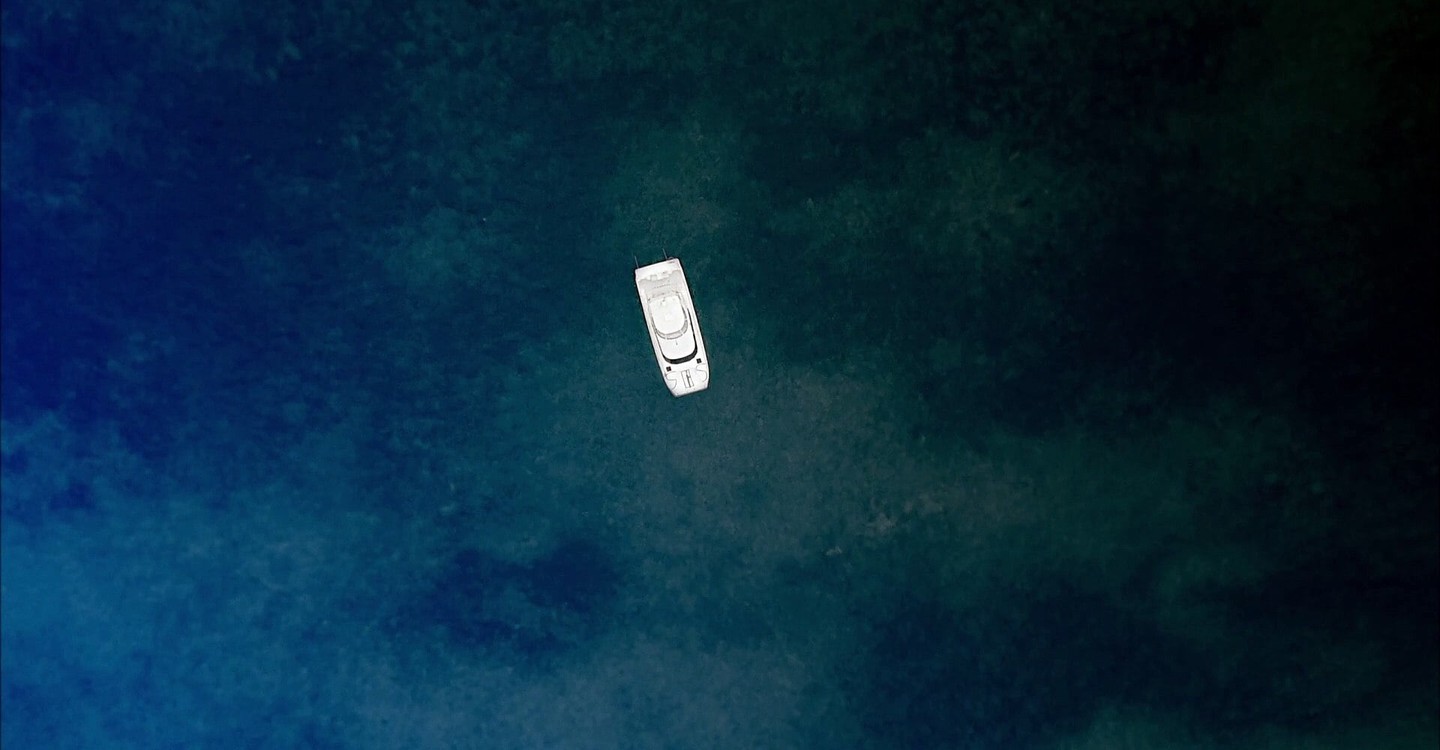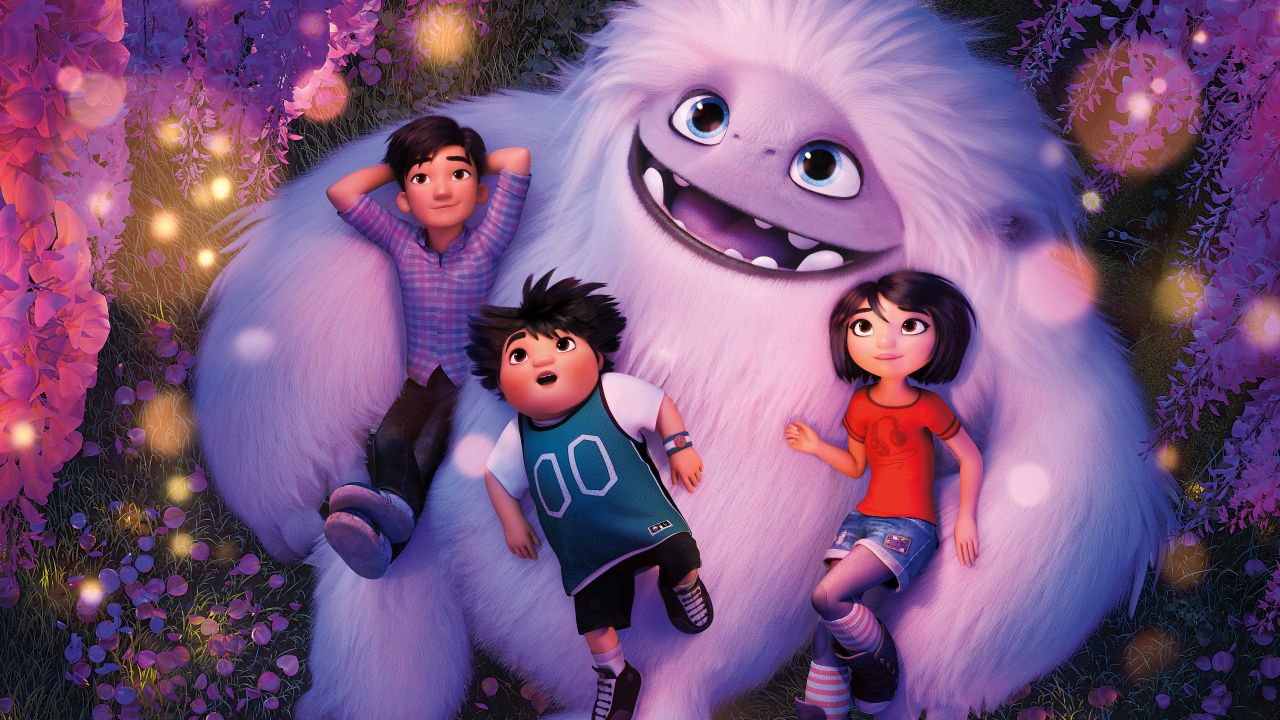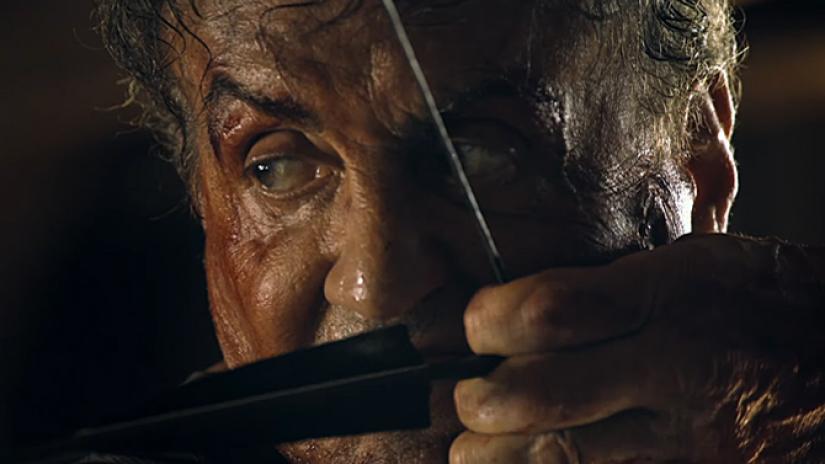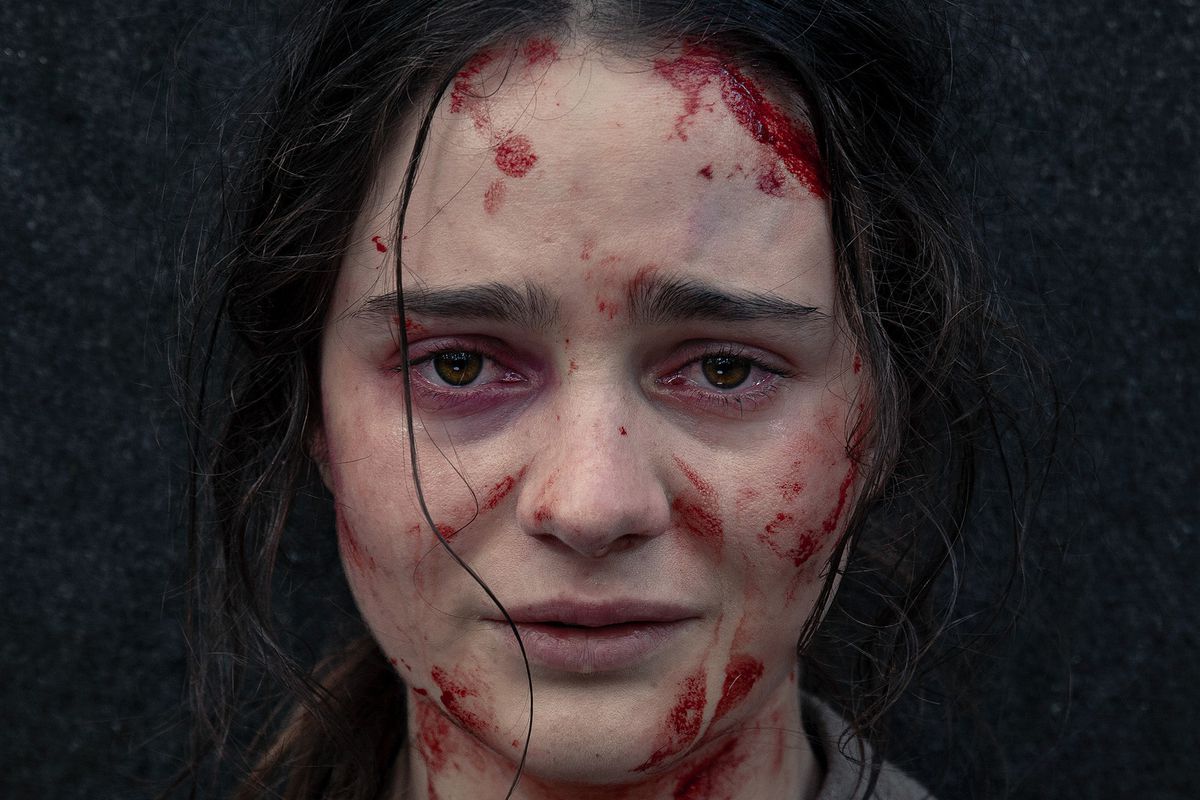Harpoon
by Hope Madden
There are a limited number of reasons people become and remain friends. Some of those reasons are just nonsense. And yet, three friends of dubious worth to one another gather to repeat their familiar patterns, which land them on a yacht for an apology daytrip.
Richard (Christopher Gray) — brash, spoiled and quick to anger— is apologizing. Jonah (Munro Chambers – Turbo Kid!) —bruised and bloody—is probably too quick to forgive. Sasha (Emily Tyra) has plenty of reason to be tired of both boyfriend Richard and bestie Jonah.
The fact that Jonah and Sasha bring along Richard’s birthday gift clarifies how little anyone in this triangle has learned.
And so, Sasha, Jonah, Richard and Richard’s new harpoon set off on an unplanned, ill-advised, seafaring jaunt.
Drinks all around!
Co-writer/director Rob Grant keeps events snarky with a voice-of-God narration (assuming God’s a sailor) performed by a brilliantly deadpan Brett Gelman. As far as this nameless narrator who inexplicably sees all is concerned, the dangers facing this volatile threesome have less to do with their pathological history and more to do with the sailing omens they ignorantly flout.
Give an irrational drunk prone to fits of rage the gift of a pointy projectile weapon? Meh. But bring bananas on board—now that’s really pushing things.
The darkly silly commentary adds some tang to the friends’ foolhardy adventure, but Grant’s themes are not entirely comedic. He strands the trio at sea for days on end, their survival instincts overtaking their petty sniping as they find a new reason for friendship: the common good.
Grant offers a nice balance here between dark humor and genuine tension born of realistic performances. Chambers, Tyra and Gray offer frustratingly recognizable characters, the kind that make idiotic choices, less because it forwards the action of the script (although it does) and more because people are stupid and they fall into familiar roles.
The film makes more than a few convenient moves, but it packs a lot of surprises and showcases very solid performances.
Who knew redheads were bad luck?














